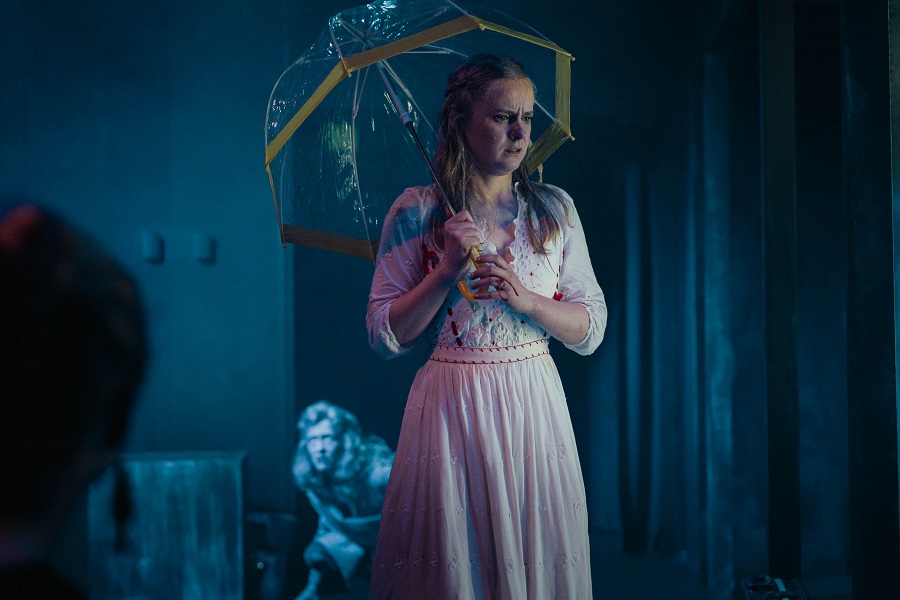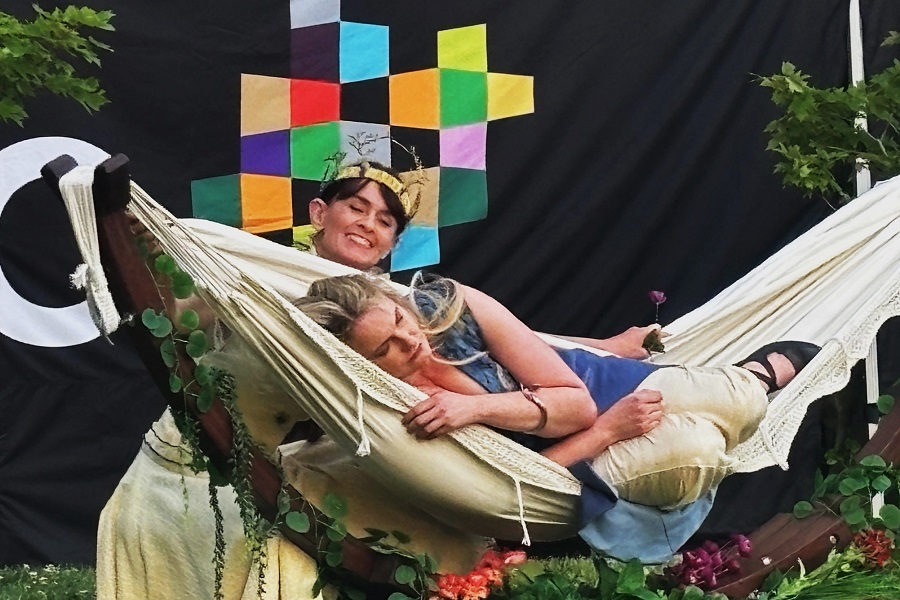
Music / “A Clockwork Orange and Beyond”, Australian Chamber Orchestra. At Llewellyn Hall, May 23. Reviewed by ROB KENNEDY.
THERE is nothing like experiencing film music live in concert. With so many sci-fi movie favourites included, this was a selection of the best of the best.
With the Australian Chamber Orchestra (ACO) and Goldfrapp’s Will Gregory and his ensemble of Moog Synthesisers performing music by Wendy Carlos, Vangelis, John Williams and more, it showed there are no limits to the music that the ACO can perform.
Electronic innovations have helped shape movie music for almost 100 years. But it was the ’50s and the ’60s that saw electronic instruments come to the forefront of sci-fi movies and in reinventing classical music. This concert had a selection of the best.
On a smoke-filled stage, the ACO and a cavalcade of instruments and players were assembled; the audience waited in a sense of anticipation. Opening with one of the greats from the Golden Era of Hollywood, composer Franz Waxman, but not a movie score, his “Sinfonietta: I. Lento – Allegro”.
The specially designed light show around and above the players and this charged music set the stage for a concert that has been a hit around Australia. With that unmistakable sharpness the ACO owns, they performed this eclectic and driving piece for strings and timpani with perfection.
Beginning with the audio from a scene from the 1982 movie “Blade Runner”, where Harrison Ford is asking a machine to enhance a photo, with eerie connections to today’s technology, the atmospheric music perfectly accompanied the soundscape. It was like actually watching the movie.
Then Bach, the “Switched On” version from electronics pioneer Wendy Carlos. The “Brandenburg Concerto No. 3, in G Major”, BWV1048. While not sounding as sharp as the original from memory, there was a pleasing blend between the string and electronic instruments.
Hans Zimmer’s “Interstellar” followed. The acoustic and electronic instruments created a wonderful composition of sounds and music for this appealing score.
With little to no break between pieces, the audience was unsure when and if to clap. They moved straight into pieces by Delia Derbyshire and Ron Grainer with the unmissable “Doctor Who” theme. The synths added so much to the strings; they gave it that surreal, otherworldly, and threatening feel the music owns.
Before the interval, Olivier Messiaen’s “Oraison”, and the iconic academy award-winning music of Vangelis and his “Chariots of Fire”. Any group would find it hard to do justice to this music, and this arrangement didn’t live up to the stunning sound of the original.
The second half began with John Williams’ “Images”. This almost atonal work, from one of his earliest film scores, expressed a high tension throughout. It was most amazing.
Then another piece by Wendy Carlos, Bach’s “Prelude and Fugue in C minor”, BWV 847, which was hard to recognise. Then, from the movie “Solaris”, the “Choral Prelude”, BWV 639, arranged by Eduard Artemyev created a contemplative atmosphere.
Finishing with a selection from “A Clockwork Orange”, the music of Purcell, Rossini and Beethoven, arranged by Wendy Carlos. These realisations crossed the gamut of sounds creating a highly entertaining experience that the massive audience adored.
Who can be trusted?
In a world of spin and confusion, there’s never been a more important time to support independent journalism in Canberra.
If you trust our work online and want to enforce the power of independent voices, I invite you to make a small contribution.
Every dollar of support is invested back into our journalism to help keep citynews.com.au strong and free.
Thank you,
Ian Meikle, editor




Leave a Reply